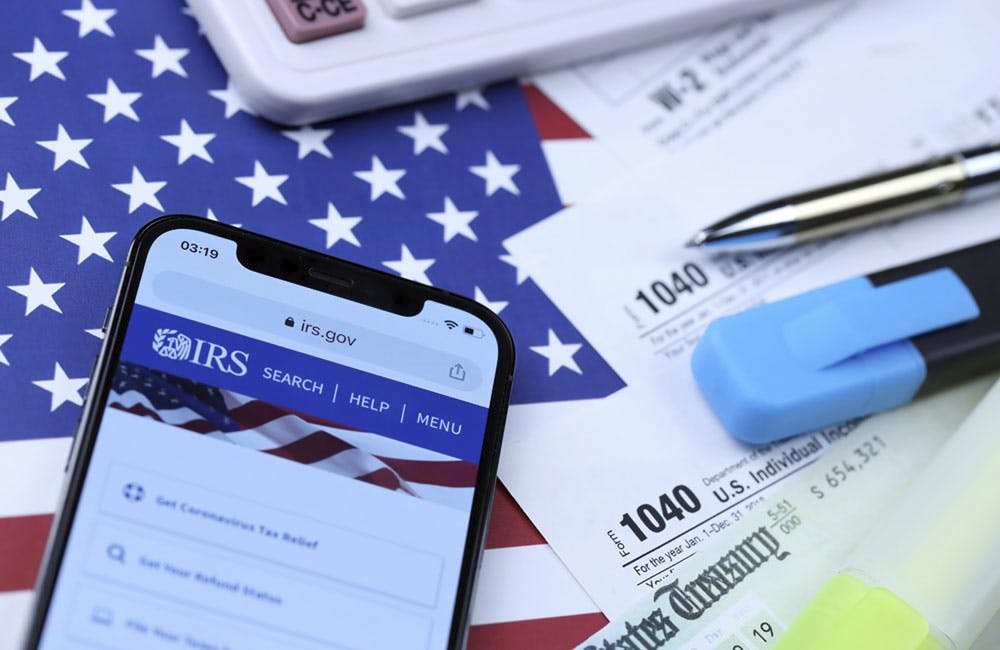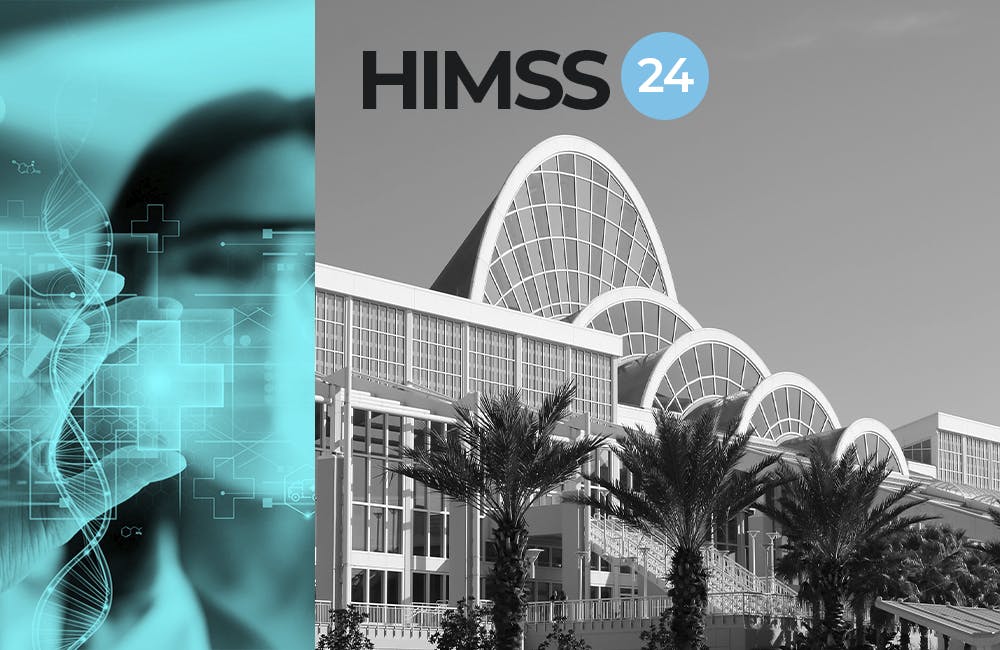How Federal Agencies Are Using AI in Procurement
DHS and the IRS use the technology to streamline IT operations.

Federal agencies usually use artificial intelligence to improve mission performance and capabilities — but some are turning to the technology to streamline IT operations.
At the AI World Conference last week, leaders from the Department of Homeland Security and the Internal Revenue Service discussed ways they use AI to assist the procurement process.
“The purpose of this project is not to automate the procurement process, but assist the procurement process,” said Scott Simpson, an innovation coach in DHS’ Procurement Innovation Lab. “You want to make sure the responsibility remains with the contracting office. We wanted AI to assist the contracting officer, not replace.”
Based on feedback from frontline users and industry, the DHS Procurement Innovation Lab is using AI to read and identify past reports and relevant records to help inform current and future contracting decisions.
“One of the concepts we really focused on was explainability; simply the ability to explain the results in a way the user will understand,” Simpson said. “During a past performance evaluation, a contracting officer will determine whether a past report is relevant. The contracting officer can explain why they decided something was relevant or not. Here, we wanted the AI to have that same standard. Each AI prototype was required to be able to explain why the report was suggested as relevant for a solicitation.”
The IRS uses AI in the procurement process to drive greater efficiency and enable procurement officers to do their jobs better.
“What we tried to do is look at what is the organization doing well, what are we not doing so well, and what areas do we want to target for improvement?” Mitchell Winans, IRS senior advisor for enterprise digitalization, said at the AI World conference. “How can we improve our employees’ experience, make their jobs more impactful? How can we improve our customers’ experience? How do we ensure we’re looking to the future of work and future needs of our employees and agency and customers? How do we ensure we’re aligning with those agency wide and government-wide strategic goals and objectives?”
In turn, the agency can leverage the technology to improve the overall procurement process through bots, including one that quickly scans and ensures you have the latest regulations, policies and clauses, and another for pre-award compliance.
“[Procurement is] a very target rich environment for automating processes, [for AI] to serve as a digital assistant,” Winans said.
Because AI saves so much time in the procurement process, human employees at DHS and the IRS have more time to focus on more complex tasks.
Simpson said having a “champion” in DHS Chief Procurement Officer Soraya Correa was important for the DHS Procurement Innovation Lab to successfully pilot AI.
“That leadership coming down from the top is really important,” he said. “It’s all about managing risk as opposed to avoiding risk. Here are the risks you’re already taking, here’s the risk AI is taking; they’re the same. Having pilots, that’s really important too. Instead of rolling out to the entire agency all at once, have a pilot.”
Winans said the IRS has “three basic goals” the agency hopes AI can address: improving the quality and accuracy of data going into the federal procurement data system and automating analysis of that data, limiting manual work and achieving “incremental improvement very quickly.” To help solve these problems, the IRS is exploring machine learning and natural language processing.
“We were also able to pivot for COVID-19 and look at data elements related to procurement and identify and correct 53 data elements related to COVID-19 awards, and AI did it in a tenth of a second,” Winans said. “[That’s] just an example of the power of these tools and technologies. We think it’s already generated over 78% ROI.”
This is a carousel with manually rotating slides. Use Next and Previous buttons to navigate or jump to a slide with the slide dots
-

IRS Tax Filing Pilot Part of Digital-First Customer Experience Plan
Many taxpayers increasingly expect flexible, easy and self-directed digital interactions, agency leaders said.
5m read -

Federal Agencies Make the Case for Quantum
Amid development of emerging technologies like AI and machine learning, leaders see promise in quantum computing.
6m read -

Cyber Incident Reporting Regulation Takes Shape
An upcoming CISA rule aims to harmonize cyber incident reporting requirements for critical infrastructure entities.
5m read -

Connectivity Drives Future of Defense
The Defense Department is strategizing new operating concepts ahead of future joint force operations.
8m read








